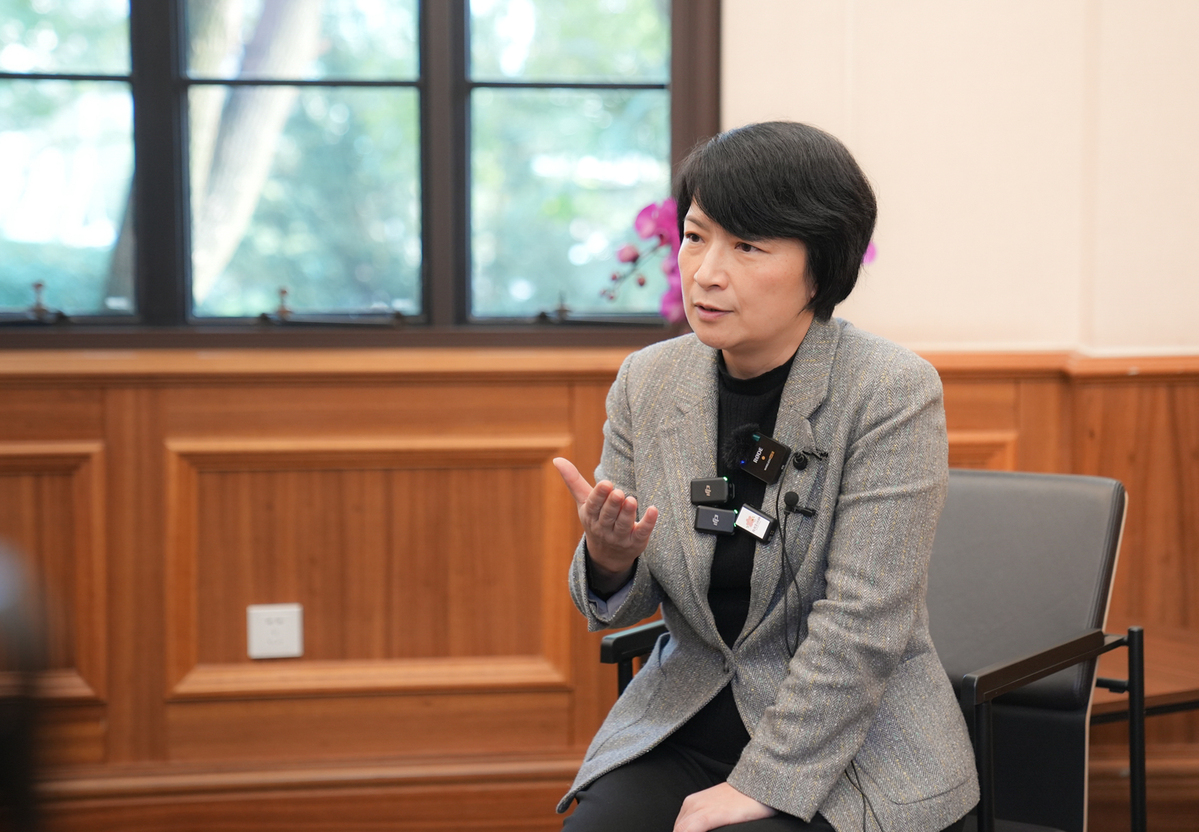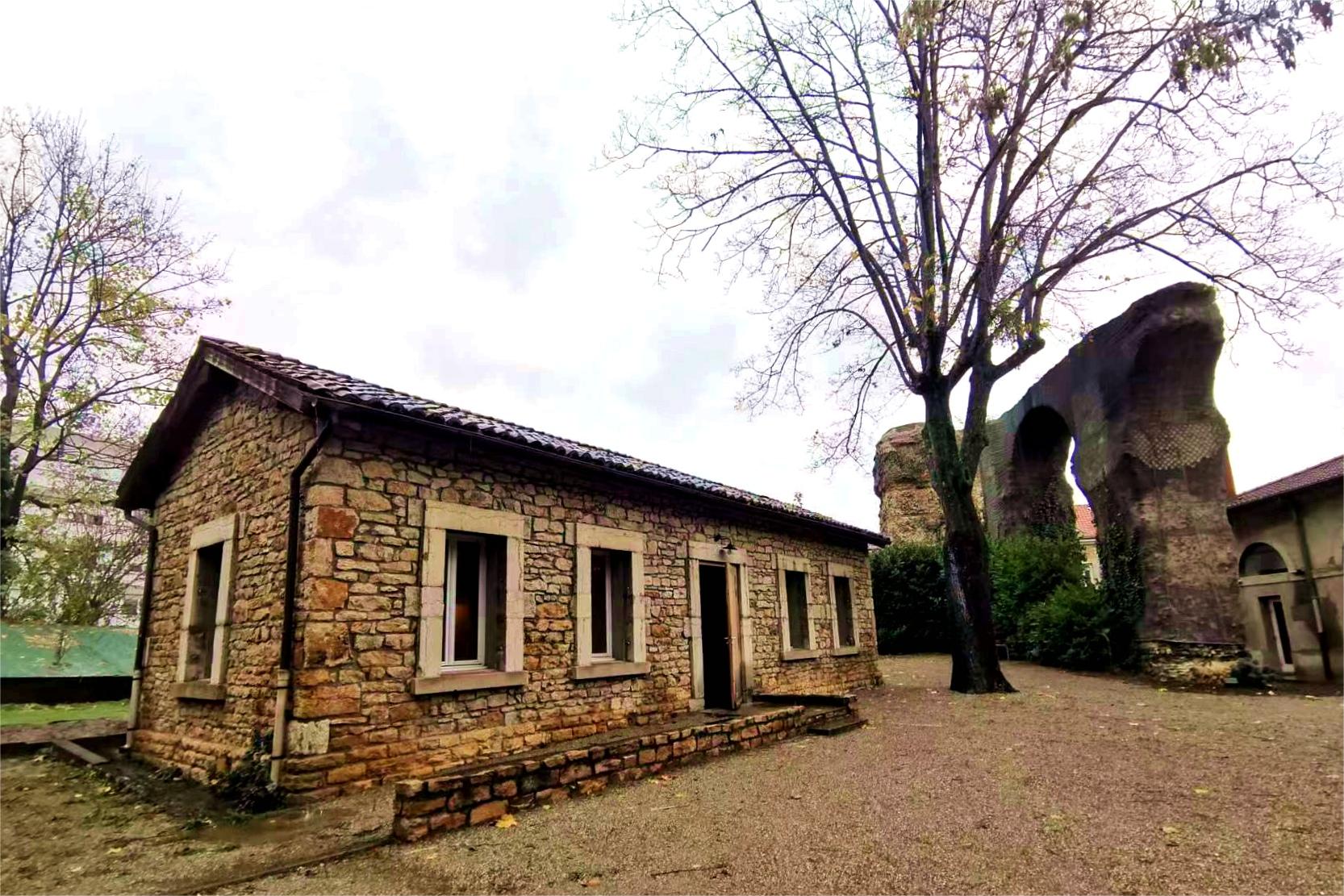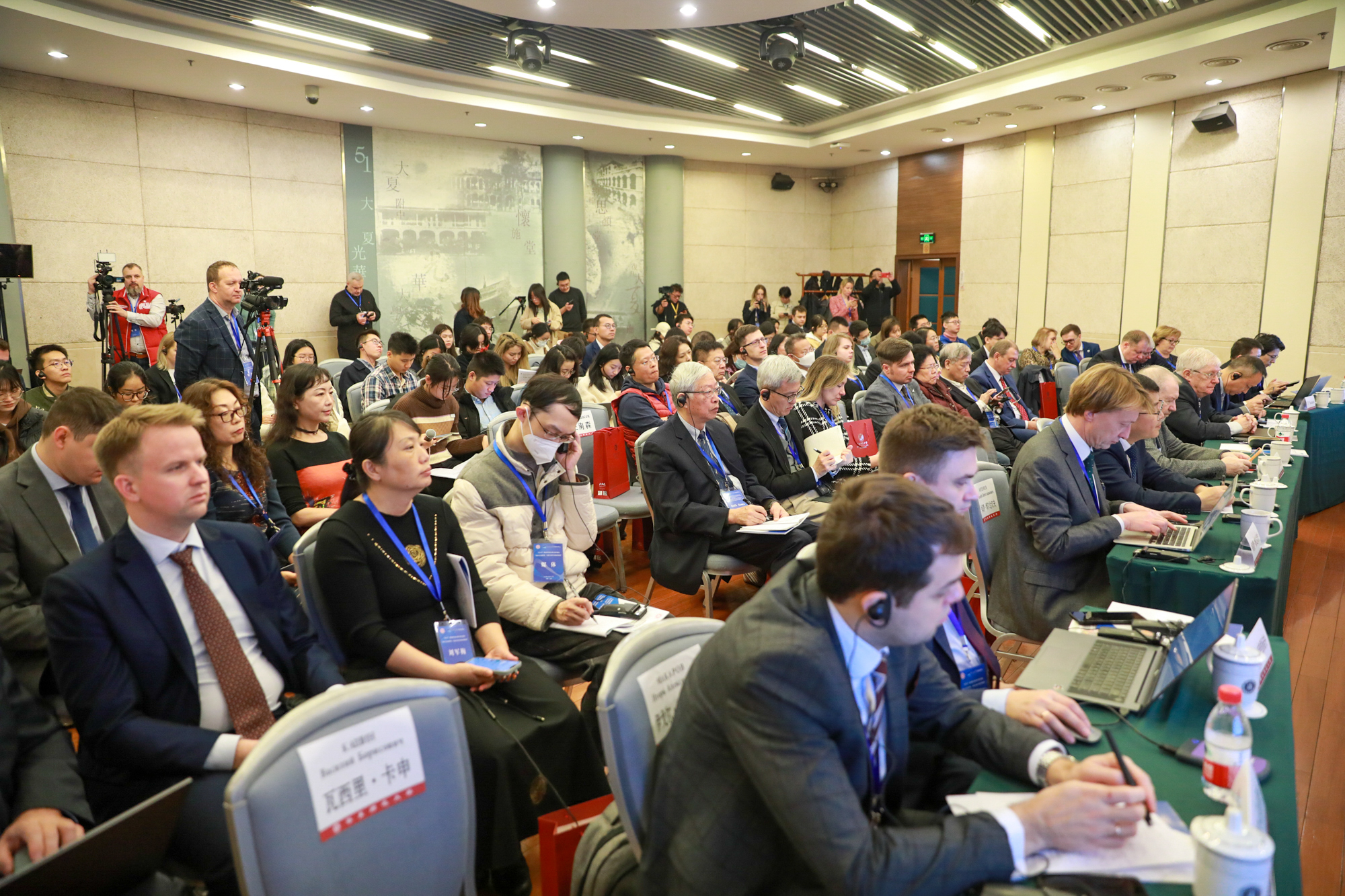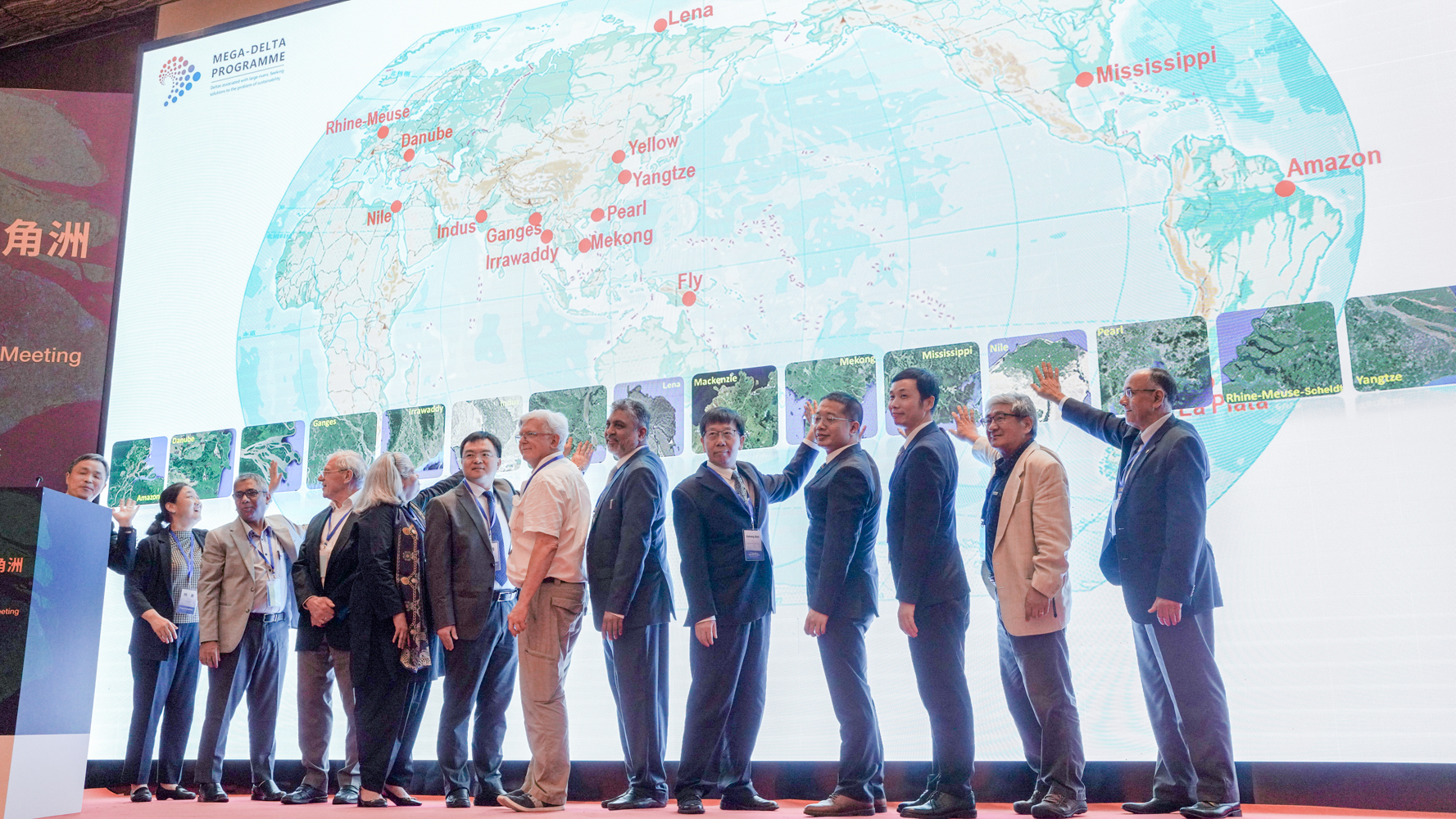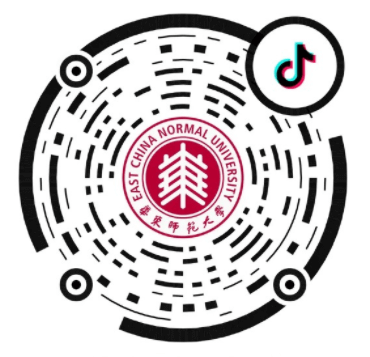# Hot Search #
Along with his team, Prof. Liu Min from ECNU School of Geographic Sciences utilized the big data of soil metagenomics to accomplish the world’s firstdistribution map of soil antibiotic resistance genes (ARGs), identifying the hot spots of soil microbial drug resistance, and revealing the geographical pattern and the driving mechanism of soil microbial drug resistance in the world. The research result, titledGlobal Biogeography and Projection of Soil Antibiotic Resistance Genes, was published in Science Advances on November 16th.
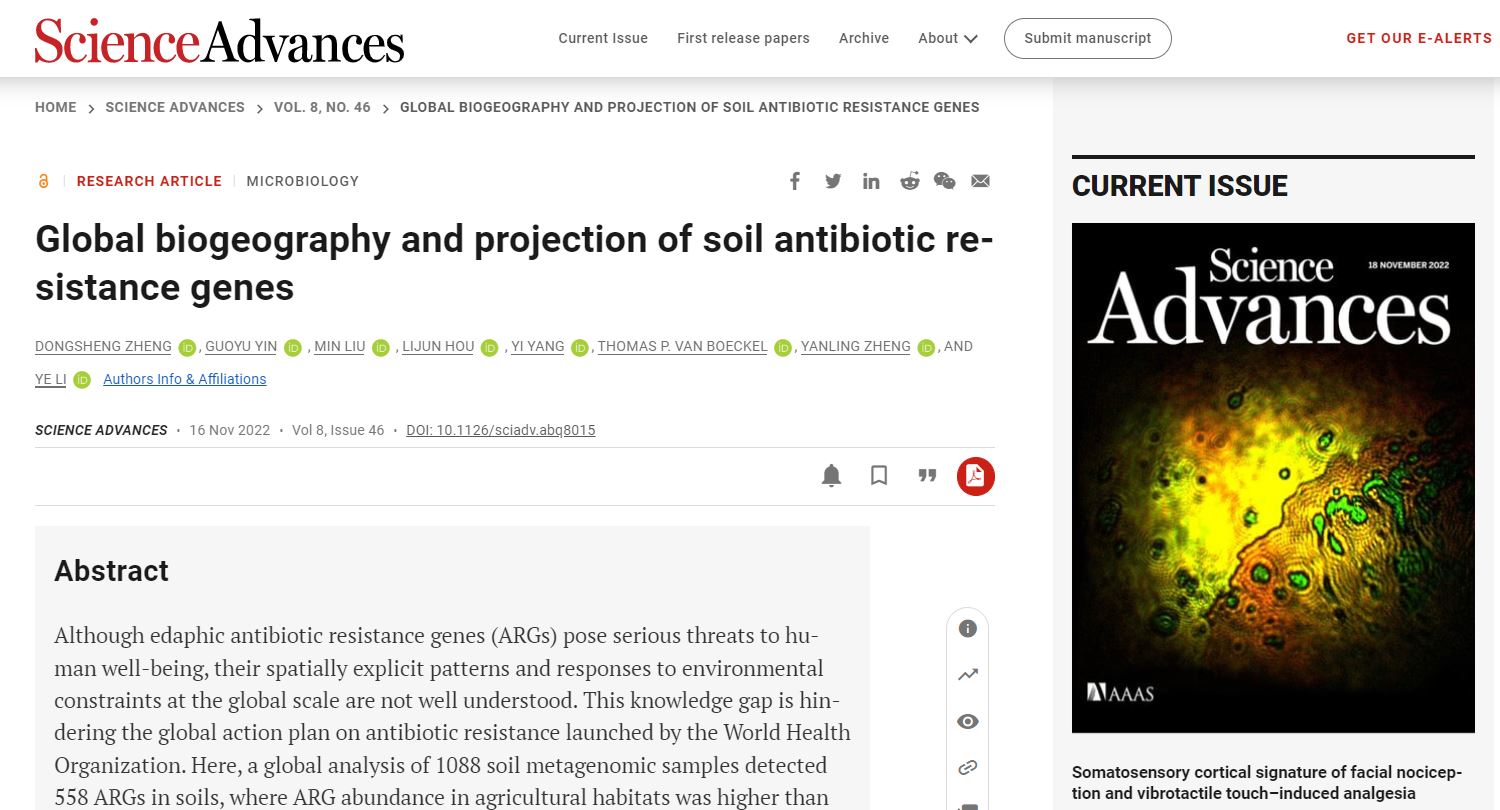
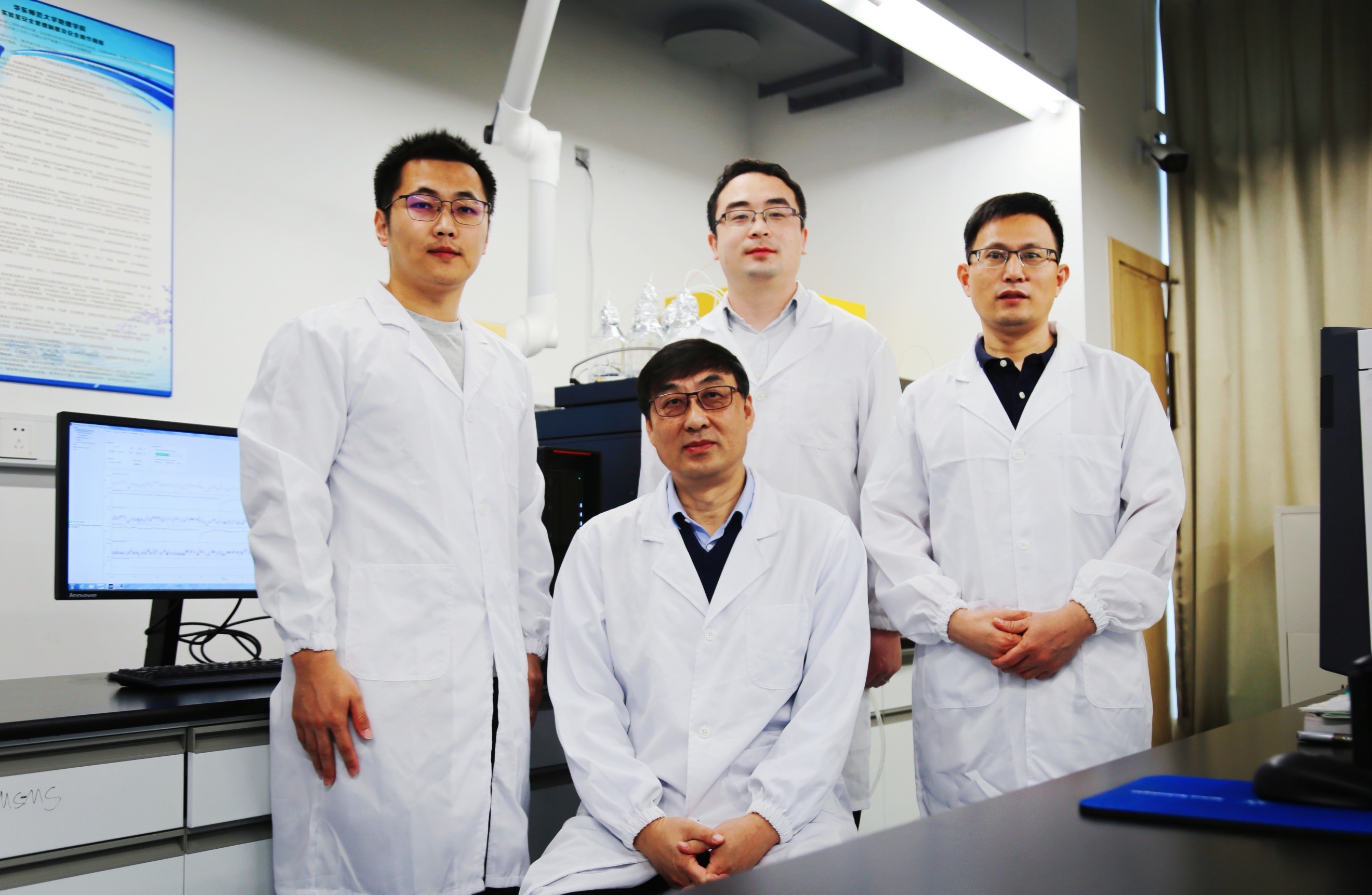
Research team
The massive use and misuse of antibiotics has resulted in the selective enrichment of ARGs in microorganisms in the environment, and the acquisition of ARGs by pathogenic bacteria through gene mutation or horizontal gene transfer has led to ineffective antibiotic treatment, prolonged treatment time, increased morbidity and mortality, and higher hospitalization costs, posing a serious challenge to the health of human beings and animals. Therefore, antibiotics and ARGs are considered as new pollutants.
However, the spatial distribution of soil ARGs in the world, and which factors would affect its geographical structure, were unclear. This knowledge gap has seriously hindered comprehensive understanding and effective control ofsoilARGs.
Based on the big data of soil metagenomics, Prof. Liu Min and his team annotated the ARGs in the global soil environment, discovering that the ARG abundance in agricultural soils was significantly higher than that in nonagricultural soils, and multi-drug resistance genes were the dominant type of ARGs.
Accurately identifying microbial hosts is the key to understanding the resistance level of soil microorganisms. After annotating the gene sequences carrying ARGs, the research team found that ARGs were mostly carried by gut microbes and clinical pathogens. Further analysis showed that human activities can increase the abundance of soil ARGs by introducing gut microbes and clinical pathogens through the use of agricultural sludge and manure into farmland. In addition, geographical factors such as physical and chemical properties of soils, temperature and precipitation etc. can also indirectly increase soil antibiotic resistance by regulating the growth and reproduction of gut microbes and clinical pathogens.
For the first time, the research team used machine learning to draw a global map of soil ARG abundance, finding that soil ARG hot spots are mainly located in areas with dense population and well-developed agriculture and animal husbandry in East United States, West Europe, South Asia, and East Asia. Based on this, the research team proposed the necessity of controlling the soil ARGs in the above-mentioned areas by reducing the use of antibiotics, sewage irrigation and feces.
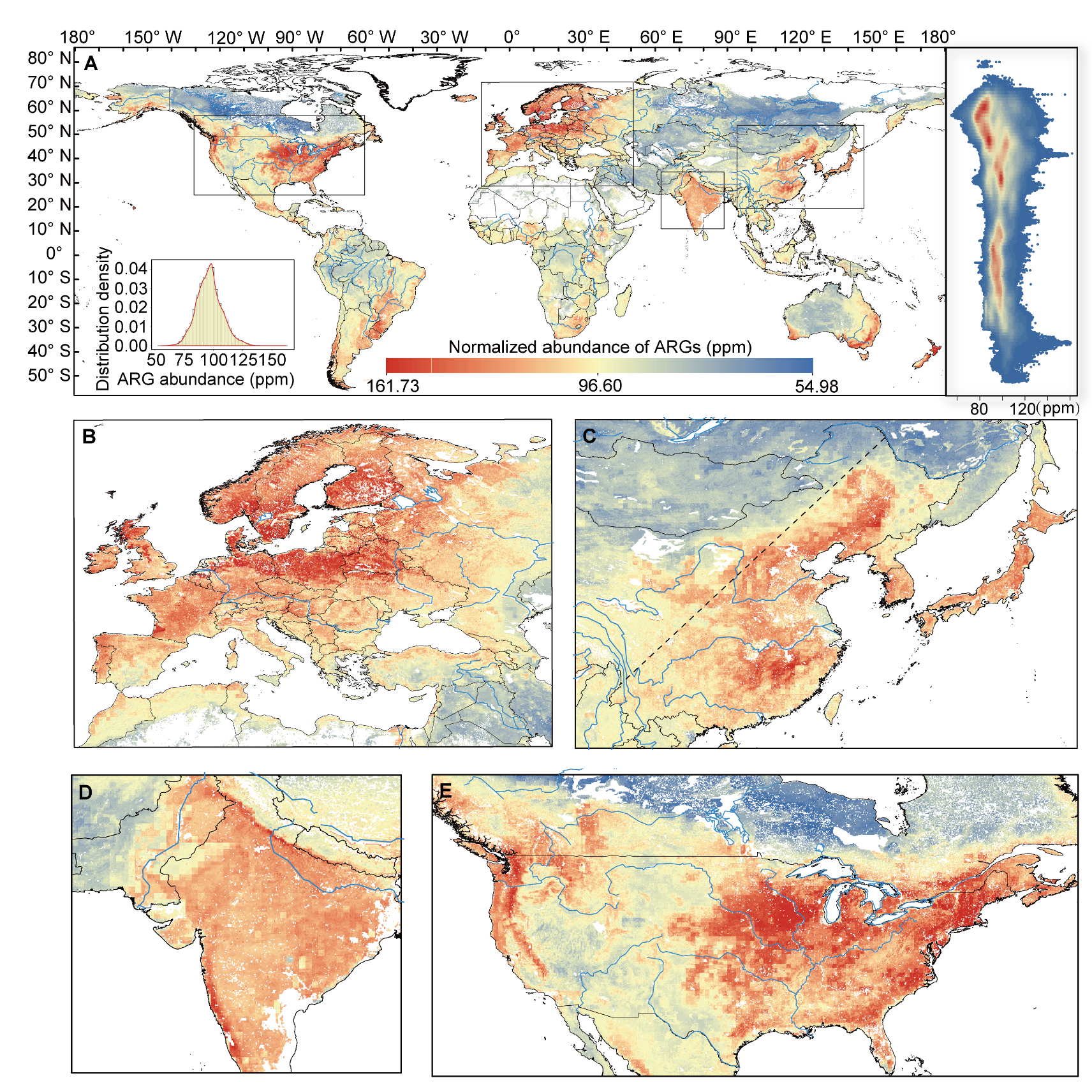
The world’s first map of soil ARG abundance
“From the perspective of big data mining and environmental geography, this study leads the direction of research into soil ARGs.” Prof. Liu Min said, “The research results are of great practical significance to the United Nations Sustainable Development Goal 3 -- Good Health and Well-being, and provide a basis for the implementation of the global action plan on antibiotic resistance launched by WHO and theAction Plan on Controlling New Pollutantsissued by the State Council ofChina.”
Prof. Liu Min from the School of Geographic Sciences, Prof. Hou Lijun from the Institute of Estuarine and Coastal Research, and Associate Prof. Yin Guoyu from the School of Geographic Sciences are corresponding authors of the paper. The graduate student Zheng Dongsheng and Associate Prof. Yin Guoyu from the School of Geographic Sciences are the first authors of the paper. ECNU is the first completion institute. The authors include Prof. Yang Yi, Prof. Zheng Yanling, postdoctoral student Li Ye of the School of Geographic Sciences, and Thomas P. Van Boeckel, an assistant professor from the Swiss Federal Institute of Technology Zurich. The study was funded by theNational Key R & DProgram of China and the National Natural Science Foundation of China.
Source: ECNU School of Geographic Sciences
